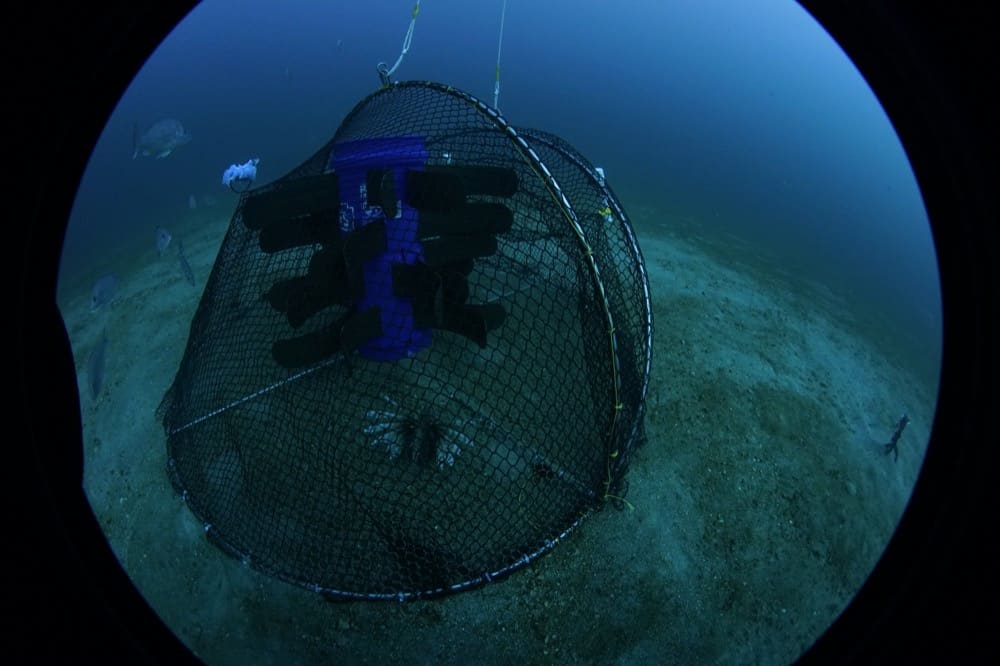With the numbers of Lionfish growing quickly in the waters off the Southeastern United States, a variety of solutions have been proposed to help curb the invasive species’ population, from spearfishing tournaments to getting big grocery chains to sell the fish.
Another solution involves U.S. government scientists working on ways to trap the invasive species in deep water.
Scientists from the U.S. National Oceanic and Atmospheric Administration in conjunction with university academics have come up with a couple designs that would ensnare Lionfish in traps while leaving other species alone. Those trapped fish would then be gathered up for sale to the public as a protein source.
Fishermen aren’t allowed to use traps in government waters in the Gulf of Mexico and Southeastern U.S. without permits. If authorities approve their use, they might give fishermen a chance to trap Lionfish in waters down to 1000 feet/305 meters below the surface, according to NOAA scientist Steve Gittings, who helped design the new traps. Gittings said in a NOAA website post:
“These new designs have the potential to help fishermen meet a growing demand for lionfish in the seafood market and speed up removal of these voracious invaders. This is a double win as it helps protect ecologically, recreationally, or commercially important native species while promoting a potential fishery.”
To that end, NOAA has developed a guide for building Lionfish traps. Check it out here.
You can also check out DeeperBlue.com’s article by contributor Charles Davis, “Lionfish War: Who is Winning?” here.


